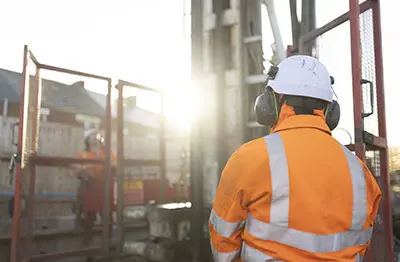

Deep Soakaways
Deep soakaways are a practical and effective solution for managing surface water runoff on sites where conventional shallow drainage systems are not feasible.
About
Managing Surface Water Runoff
Using specialist drilling and installation techniques, these vertical drainage features are constructed to allow water to infiltrate directly into permeable ground layers at depth – helping to reduce flood risk, support sustainable drainage strategies, and meet planning and environmental requirements.
At Igne, we bring decades of experience in drilling and installing deep soakaways for commercial, industrial, infrastructure and residential developments. Whether your site suffers from poor surface infiltration, high groundwater tables or tight space constraints, our team can design and install soakaway systems that are fit for purpose and built to last.
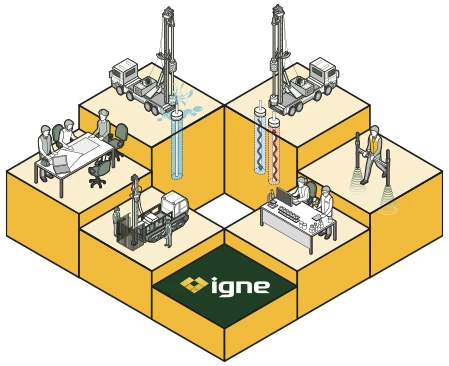
Explainer
What are Deep Soakaways & Where are they Used?
A deep soakaway is a vertical borehole drilled into the ground to receive stormwater from hardstanding or roof areas. The borehole is typically backfilled with granular material or fitted with a perforated liner, allowing water to slowly seep into the surrounding ground.
Deep soakaways are used when:
- Soils near the surface are impermeable or poorly draining
- The site is space-restricted and cannot accommodate wide surface systems
- There’s a need to reduce discharge to sewers or surface water bodies
- Groundwater levels are deep, and infiltration is required at lower strata
- Sustainable urban drainage (SuDS) forms part of the planning strategy
They are often integrated into drainage schemes for commercial developments, car parks, highways, logistics hubs and new housing sites.
The process
How Does Igne Install Deep Soakaways?
We begin with a ground investigation to assess soil permeability, depth to groundwater, and the presence of any obstructions or contamination. Using rotary or percussive drilling techniques, we then drill to the target depth; often 10 to 30 metres, but sometimes deeper depending on the site.
The borehole is then constructed using one of the following methods:
- Fitted with a perforated pipe to aid water entry and structural stability
- Sealed at the surface to prevent ingress of debris or contaminants
- Connected to the site’s surface water drainage system via chambers or pipework
Each installation is designed in accordance with CIRIA SuDS guidance (C768) and local planning or regulatory requirements.
The benefits
Why Choose Deep Soakaways?
Deep soakaways offer several key benefits for difficult or space-limited sites:
- Manage surface water naturally and sustainably
- Reduce reliance on mains drainage or attenuation tanks
- Allow for high infiltration rates into deep, permeable strata
- Support compliance with SuDS and flood mitigation policies
- Require minimal surface footprint compared to traditional systems
- Have a long design life
They are particularly useful where standard soakaways or shallow trenches cannot be used due to ground conditions, contamination, or land use constraints.
The experts
Trust Igne for Specialist Soakaway Installation
Installing deep soakaways correctly requires a sound understanding of the geology, groundwater regime, and drainage requirements of the site. With our in-house drilling expertise and geotechnical knowledge, Igne is uniquely positioned to deliver safe, effective and regulation-compliant soakaway systems across the UK.
FAQ
Frequently Asked Questions about Deep Soakaways
- How deep are deep soakaways typically drilled?
They are usually drilled to between 10 and 30 metres, depending on the location of permeable strata. However, some installations may be deeper if required to reach suitable infiltration zones.
- What types of sites benefit most from deep soakaways?
Sites with limited space, impermeable surface soils, or a requirement for high-volume water infiltration benefit most. They’re ideal for urban, industrial and commercial developments where shallow drainage systems are impractical.
- What materials are used to construct a deep soakaway?
Most are constructed using clean angular gravel and perforated pipework. The choice and diameter depends on ground conditions, depth, and drainage design requirements.
- Do deep soakaways need maintenance?
They are relatively low maintenance but should be inspected periodically to ensure inlet structures are clear and that infiltration is still occurring as expected. Silt traps or filters can help minimise blockages.
- Can a soakaway be used in contaminated ground?
Generally, no. Infiltrating water into contaminated ground risks mobilising pollutants. In these cases, sealed drainage systems or lined attenuation may be more appropriate. Igne can advise during the site assessment phase.
- Are deep soakaways suitable for all soil types?
They work best in well-draining strata such as sand, gravel or fractured rock. Clay-rich or very low-permeability layers are less suitable unless permeable layers exist at greater depth.
- What regulations apply to deep soakaways?
Installations must follow SuDS guidance, building regulations and local planning policies. In some cases, permission from the Environment Agency or Lead Local Flood Authority may be required.
The next step
Speak to Igne About Your Deep Soakaway Requirements
When surface drainage is a challenge, a deep soakaway may be the solution. Igne’s specialist drilling teams work across the UK to design and deliver soakaways that are compliant, sustainable and built to meet your project’s drainage goals.
Get in touch with Igne today to discuss your drainage strategy and discover how deep soakaways can help you manage water naturally and efficiently.
Learn More about our Advanced Drilling & Installation Services >

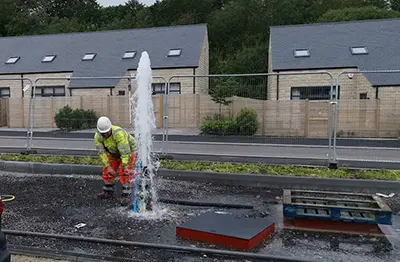
Artesian Boreholes
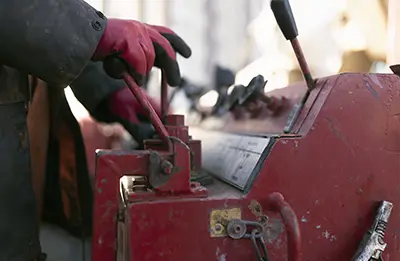
Angle Boreholes
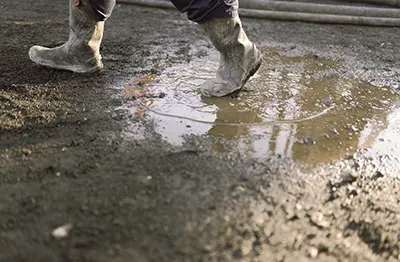
Drilling with Mud
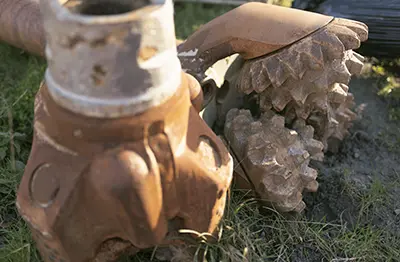
Large Diameter Boreholes
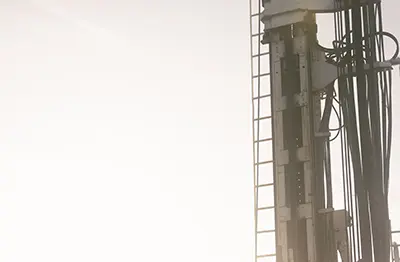
Deep Boreholes
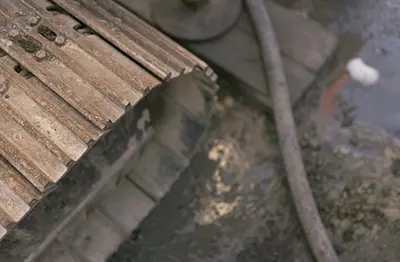
Acidisation
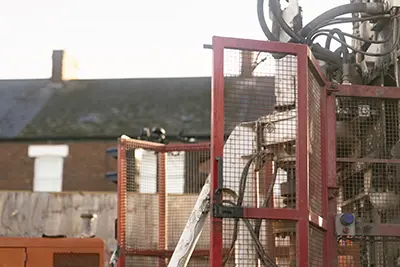
Hydrofracturing

Dewatering

Monitoring Boreholes

Vibrating Wire Piezos

Fibre Optics

Seismic Monitoring

Deep Wireline Coring

Gas Control

Deep Soakaways

Decommissioning

Specialist Plant & In Hole Equipment Hire

